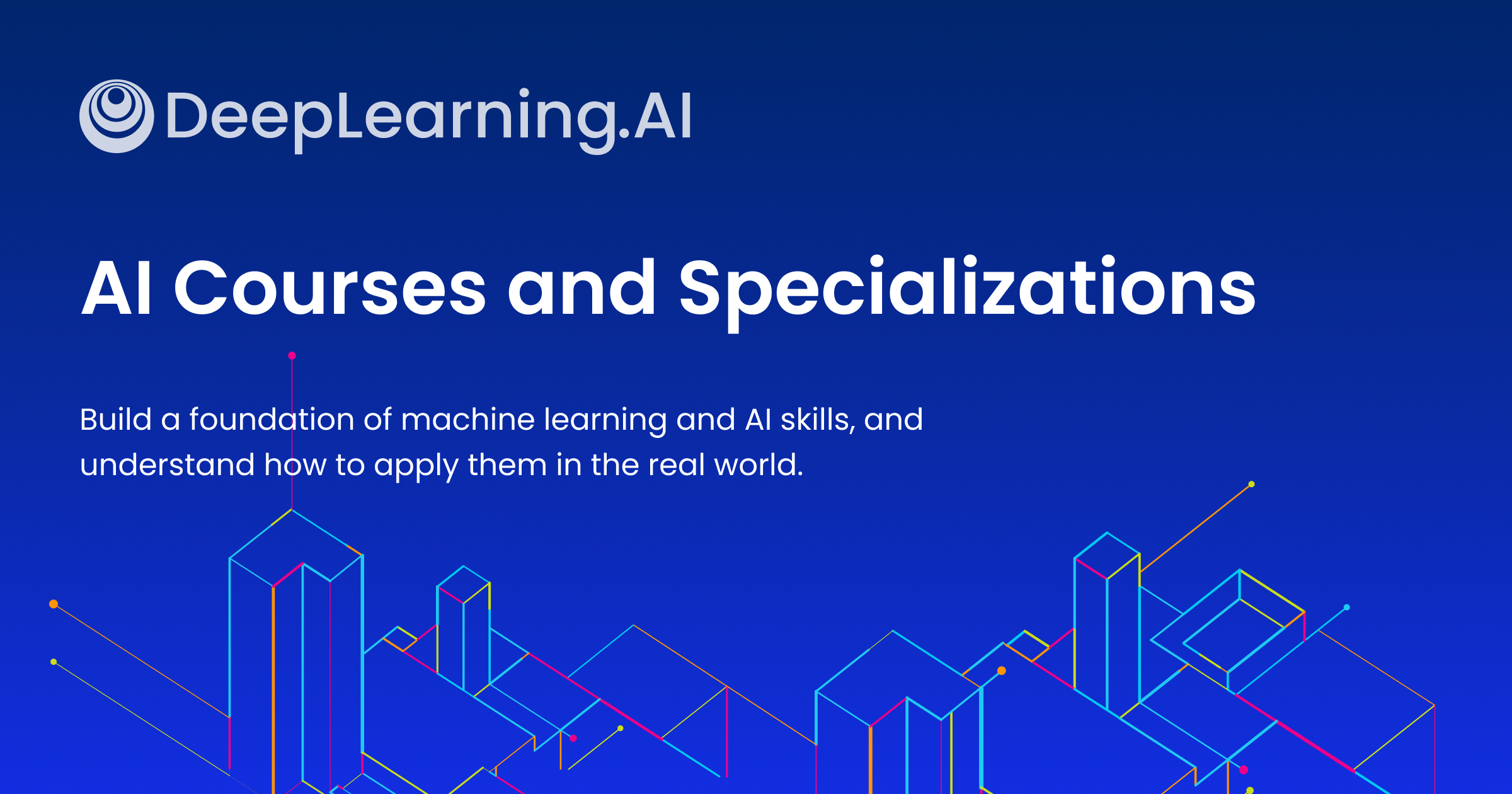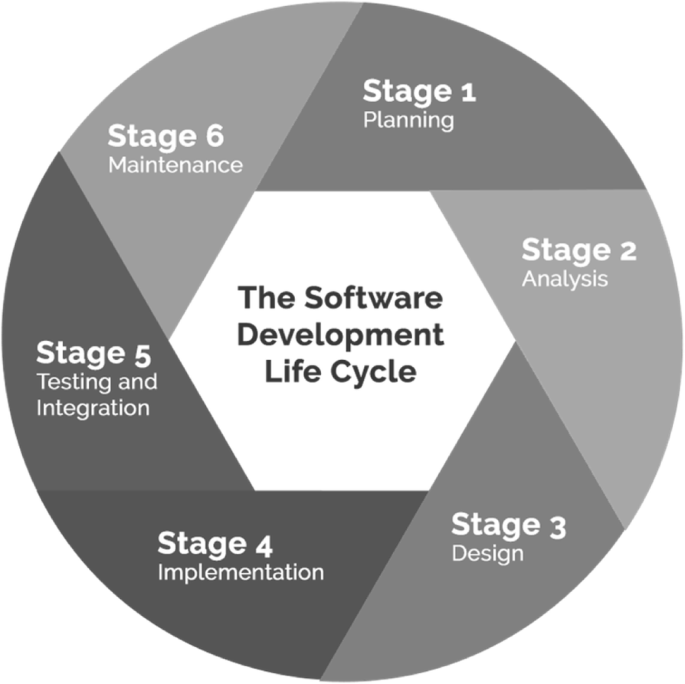All Categories
Featured
Table of Contents
You most likely understand Santiago from his Twitter. On Twitter, each day, he shares a great deal of useful features of equipment learning. Thanks, Santiago, for joining us today. Welcome. (2:39) Santiago: Thank you for welcoming me. (3:16) Alexey: Before we go right into our primary topic of moving from software application design to equipment understanding, possibly we can start with your history.
I went to college, obtained a computer system scientific research level, and I began building software. Back after that, I had no idea concerning device discovering.
I understand you've been utilizing the term "transitioning from software application design to artificial intelligence". I such as the term "including in my ability established the machine discovering abilities" extra because I assume if you're a software designer, you are currently providing a lot of worth. By incorporating artificial intelligence now, you're augmenting the influence that you can have on the sector.
Alexey: This comes back to one of your tweets or perhaps it was from your program when you contrast 2 strategies to discovering. In this case, it was some problem from Kaggle concerning this Titanic dataset, and you simply learn how to resolve this problem using a particular device, like choice trees from SciKit Learn.
Some Ideas on Machine Learning In Production / Ai Engineering You Should Know
You initially discover mathematics, or direct algebra, calculus. When you know the mathematics, you go to device knowing theory and you discover the concept. After that four years later on, you lastly concern applications, "Okay, how do I utilize all these 4 years of mathematics to fix this Titanic problem?" ? In the former, you kind of conserve on your own some time, I think.
If I have an electric outlet here that I need replacing, I do not want to most likely to college, invest four years comprehending the math behind power and the physics and all of that, just to transform an electrical outlet. I prefer to start with the outlet and discover a YouTube video that helps me undergo the issue.
Poor analogy. But you get the concept, right? (27:22) Santiago: I actually like the idea of starting with a problem, trying to throw out what I know up to that problem and recognize why it doesn't function. Get hold of the devices that I require to fix that problem and start excavating much deeper and deeper and deeper from that point on.
Alexey: Possibly we can chat a bit concerning discovering sources. You stated in Kaggle there is an introduction tutorial, where you can get and learn how to make decision trees.
The only need for that course is that you understand a little bit of Python. If you're a developer, that's a fantastic base. (38:48) Santiago: If you're not a designer, after that I do have a pin on my Twitter account. If you go to my profile, the tweet that's going to be on the top, the one that states "pinned tweet".
An Unbiased View of Training For Ai Engineers

Also if you're not a developer, you can begin with Python and function your way to more artificial intelligence. This roadmap is concentrated on Coursera, which is a system that I really, truly like. You can examine every one of the programs absolutely free or you can pay for the Coursera registration to obtain certificates if you intend to.
Alexey: This comes back to one of your tweets or perhaps it was from your course when you contrast two strategies to understanding. In this instance, it was some trouble from Kaggle about this Titanic dataset, and you simply find out just how to solve this problem utilizing a particular tool, like choice trees from SciKit Learn.

You first discover mathematics, or direct algebra, calculus. When you know the math, you go to maker knowing concept and you learn the concept.
If I have an electric outlet below that I require changing, I do not wish to most likely to college, invest 4 years recognizing the math behind electricity and the physics and all of that, just to alter an outlet. I would certainly rather start with the outlet and locate a YouTube video clip that aids me undergo the trouble.
Santiago: I really like the idea of starting with a trouble, trying to throw out what I recognize up to that trouble and understand why it doesn't work. Order the tools that I need to address that issue and start digging deeper and much deeper and much deeper from that point on.
That's what I generally recommend. Alexey: Maybe we can speak a bit regarding discovering sources. You pointed out in Kaggle there is an intro tutorial, where you can get and find out exactly how to make decision trees. At the start, prior to we began this interview, you stated a pair of books.
Some Known Factual Statements About Aws Machine Learning Engineer Nanodegree
The only requirement for that course is that you recognize a little bit of Python. If you go to my account, the tweet that's going to be on the top, the one that says "pinned tweet".
Also if you're not a developer, you can begin with Python and work your method to even more artificial intelligence. This roadmap is concentrated on Coursera, which is a system that I truly, truly like. You can investigate all of the programs free of cost or you can pay for the Coursera registration to obtain certifications if you wish to.
The Definitive Guide to How To Become A Machine Learning Engineer & Get Hired ...
To ensure that's what I would do. Alexey: This comes back to among your tweets or perhaps it was from your training course when you contrast 2 strategies to understanding. One technique is the problem based approach, which you just spoke around. You locate a trouble. In this case, it was some problem from Kaggle regarding this Titanic dataset, and you simply discover just how to solve this problem using a certain tool, like decision trees from SciKit Learn.

You first find out mathematics, or straight algebra, calculus. When you know the math, you go to device knowing concept and you learn the concept.
If I have an electric outlet below that I need changing, I do not intend to most likely to university, spend 4 years comprehending the mathematics behind electricity and the physics and all of that, simply to alter an electrical outlet. I would rather begin with the outlet and find a YouTube video that aids me undergo the trouble.
Santiago: I really like the concept of beginning with a trouble, attempting to throw out what I know up to that issue and understand why it doesn't work. Get the devices that I require to resolve that trouble and start excavating much deeper and much deeper and deeper from that factor on.
So that's what I typically advise. Alexey: Maybe we can speak a little bit about discovering resources. You stated in Kaggle there is an introduction tutorial, where you can get and find out how to choose trees. At the start, before we began this meeting, you pointed out a couple of books.
Machine Learning Is Still Too Hard For Software Engineers Things To Know Before You Buy
The only demand for that program is that you understand a little bit of Python. If you go to my account, the tweet that's going to be on the top, the one that states "pinned tweet".
Even if you're not a programmer, you can start with Python and work your method to more artificial intelligence. This roadmap is concentrated on Coursera, which is a platform that I truly, really like. You can audit all of the courses absolutely free or you can pay for the Coursera membership to obtain certifications if you wish to.
That's what I would certainly do. Alexey: This returns to one of your tweets or perhaps it was from your training course when you compare 2 techniques to learning. One approach is the trouble based method, which you simply discussed. You locate a trouble. In this instance, it was some problem from Kaggle concerning this Titanic dataset, and you simply learn exactly how to solve this issue utilizing a particular device, like decision trees from SciKit Learn.
You initially discover mathematics, or straight algebra, calculus. When you recognize the math, you go to device learning concept and you learn the concept.
Excitement About Machine Learning/ai Engineer
If I have an electric outlet here that I need changing, I do not wish to go to college, invest 4 years understanding the math behind power and the physics and all of that, simply to alter an outlet. I would instead start with the outlet and find a YouTube video clip that aids me experience the trouble.
Santiago: I really like the concept of starting with an issue, attempting to toss out what I recognize up to that trouble and comprehend why it doesn't function. Get hold of the tools that I need to resolve that problem and begin digging deeper and deeper and much deeper from that point on.

Alexey: Possibly we can chat a little bit about finding out sources. You mentioned in Kaggle there is an intro tutorial, where you can get and discover exactly how to make decision trees.
The only demand for that program is that you understand a little bit of Python. If you're a developer, that's a fantastic base. (38:48) Santiago: If you're not a programmer, then I do have a pin on my Twitter account. If you go to my profile, the tweet that's going to get on the top, the one that claims "pinned tweet".
Also if you're not a designer, you can start with Python and function your means to more maker knowing. This roadmap is concentrated on Coursera, which is a platform that I really, really like. You can examine every one of the programs totally free or you can pay for the Coursera membership to get certificates if you want to.
Table of Contents
Latest Posts
Tesla Software Engineer Interview Guide – Key Concepts & Skills
The Ultimate Software Engineering Phone Interview Guide – Key Topics
10 Proven Strategies To Ace Your Next Software Engineering Interview
More
Latest Posts
Tesla Software Engineer Interview Guide – Key Concepts & Skills
The Ultimate Software Engineering Phone Interview Guide – Key Topics
10 Proven Strategies To Ace Your Next Software Engineering Interview